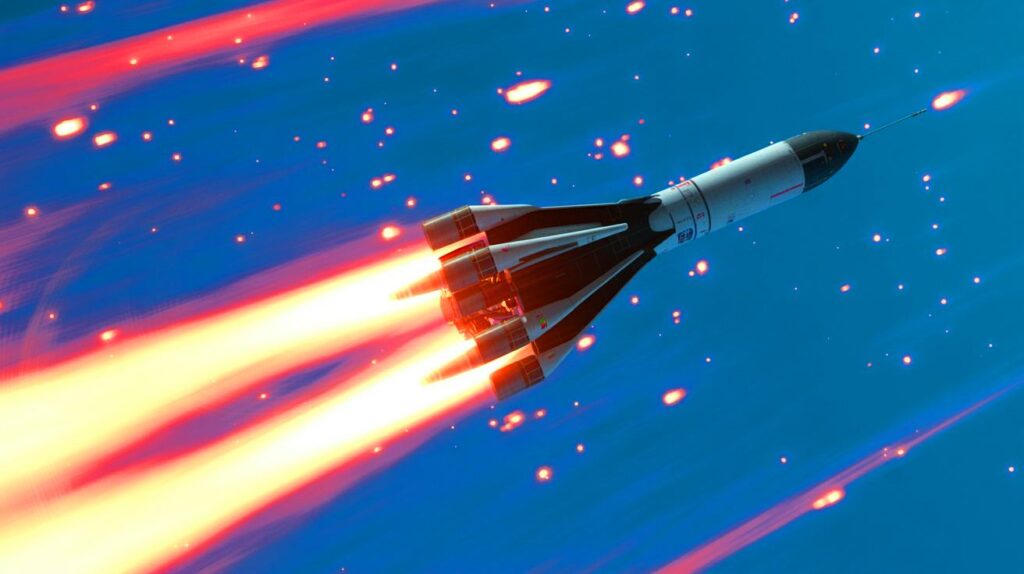| In Brief |
|
Scientific advancements in nuclear fusion have always been central to global energy discussions. The international ITER project, with its latest achievement, marks a crucial milestone in this pursuit. By completing the sixth and final component of the reactor’s central solenoid, a magnet powerful enough to levitate an aircraft carrier, ITER moves closer to its ultimate goal: producing safe and abundant energy. This feat is not only technical but also symbolic, as it illustrates the ability of nations to collaborate towards a sustainable energy future.
The Need for an Unmatched Magnet
To achieve a fusion reaction, scientists must create and maintain an extremely hot and volatile plasma core. The temperatures targeted by the ITER reactor are so high that they would destroy any material container. This is why magnetic fields are used to suspend the plasma without physical contact. The ionized hydrogen gas core of the ITER reactor needs to reach 150 million degrees Celsius, which is ten times the temperature of the solar core.
Once assembled, the new magnet will weigh nearly 3,000 tons, measuring 13 meters in height and 4 meters in width. Described as the heart of the donut-shaped ITER reactor, this magnet will work in conjunction with six annular magnets to create a magnetic cage around the plasma. This configuration will allow for the suspension of the plasma for 300 to 500 seconds. The forces that the central solenoid support will need to withstand will reach 60 meganewtons, illustrating the power required to control such a reaction.
A Scientific Collaboration That Transcends Borders
With the completion of the six modules of the solenoid, the final assembly of the ITER Tokamak is underway. By 2024, 100% of the construction goals will be met, with a recent target for 2025 accomplished three weeks early. Europe, as the host of the operation, covers 45% of the costs, while other major members, including China, India, Japan, South Korea, Russia, and the United States, each contribute 9%.
ITER’s Director-General, Pietro Barabaschi, emphasizes that the project is remarkable not only for its technical complexity but also for the international cooperation framework that underpins it. This achievement demonstrates that in the face of existential challenges such as climate change and energy security, nations can overcome their differences to advance together.
The Technical Challenges Ahead
Despite impressive advancements, several challenges remain before the reactor’s full completion. Since the project’s inception in 2007, team members estimate that the first operation of the ITER Tokamak will not take place until 2035. The enormous weight of the central solenoid and the forces it must withstand add to the complexity of the assembly.
Researchers continue to work on optimizing the systems necessary to reach and maintain the desired temperatures and powers. ITER represents a potential source of energy that is safe and nearly inexhaustible, but the road to achieving this goal is fraught with technical and logistical hurdles.
Future Implications for Energy Production and Space Exploration
Nuclear fusion, based on the fusion reaction at the core of the sun, could transform energy production by offering a safe, abundant, and carbon-free method to meet the world’s growing energy needs. It could also revolutionize space travel by enabling the creation of nuclear fusion-powered spacecraft capable of traversing the solar system.
With an expected output of 500 megawatts for just 50 megawatts input, the ITER device, once fully operational, could become a model for future generations of commercial fusion reactors. The implications for reducing carbon emissions and global energy sustainability are enormous.
As we look to the future, a crucial question remains: how will these advancements transform our relationship with energy and international cooperation in the coming decades?







